harmonn2
TPF Noob!
- Joined
- Mar 23, 2013
- Messages
- 52
- Reaction score
- 11
- Location
- Nothern Kentucky
- Can others edit my Photos
- Photos OK to edit
I've been interested lately in setting my camera up on my tripod and doing a long exposure of this scenic landscape nearby How would you suggest going about this, as far as ISO and Aperture? I've tried a few sample shots (using different ISO and aperture), but keep getting a lot of the red/blue/green/white dots where the darker areas should be, and all over the photo. Is this because my ISO is too high, or something else? Any other tips for this kind of shot?
Thank you.
Thank you.



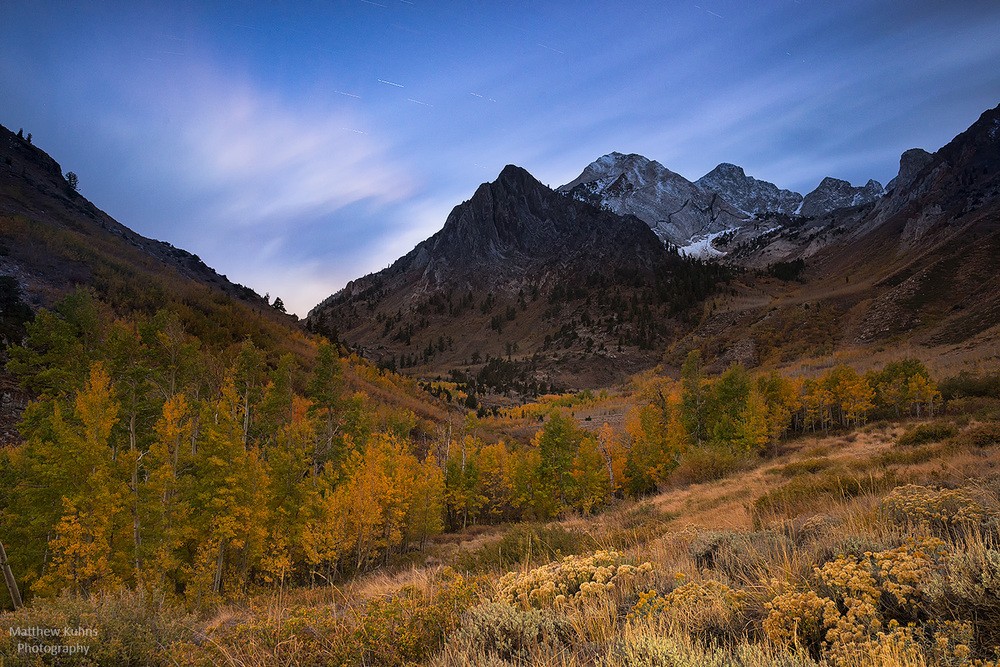
![[No title]](/data/xfmg/thumbnail/37/37602-1ef8dbb1c2d0e4ff347ee65d328c3603.jpg?1619738147)
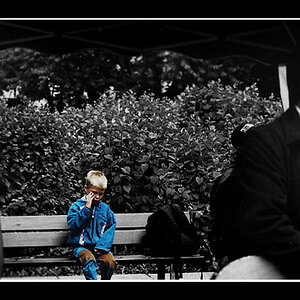
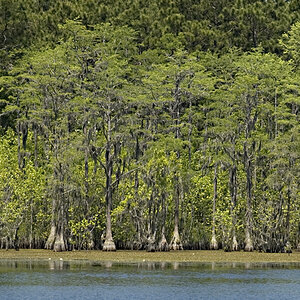
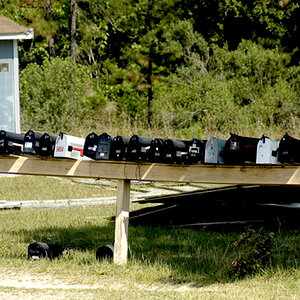
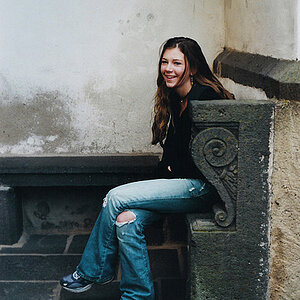
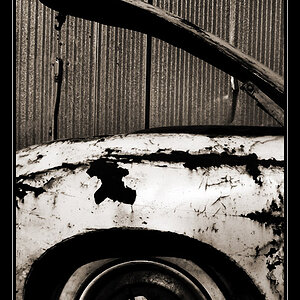
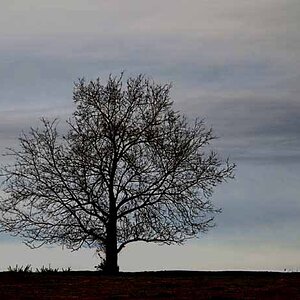
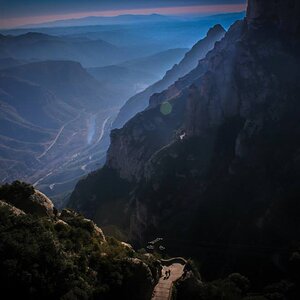
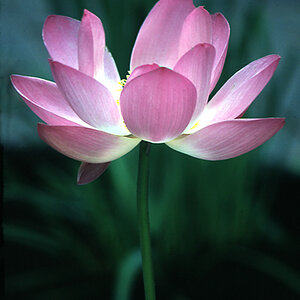
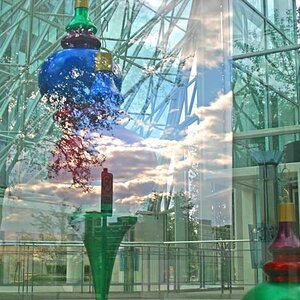
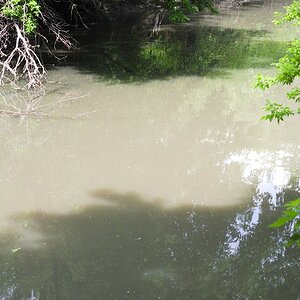
![[No title]](/data/xfmg/thumbnail/31/31979-ea92aca54ae865842d998c9cec534991.jpg?1619735137)